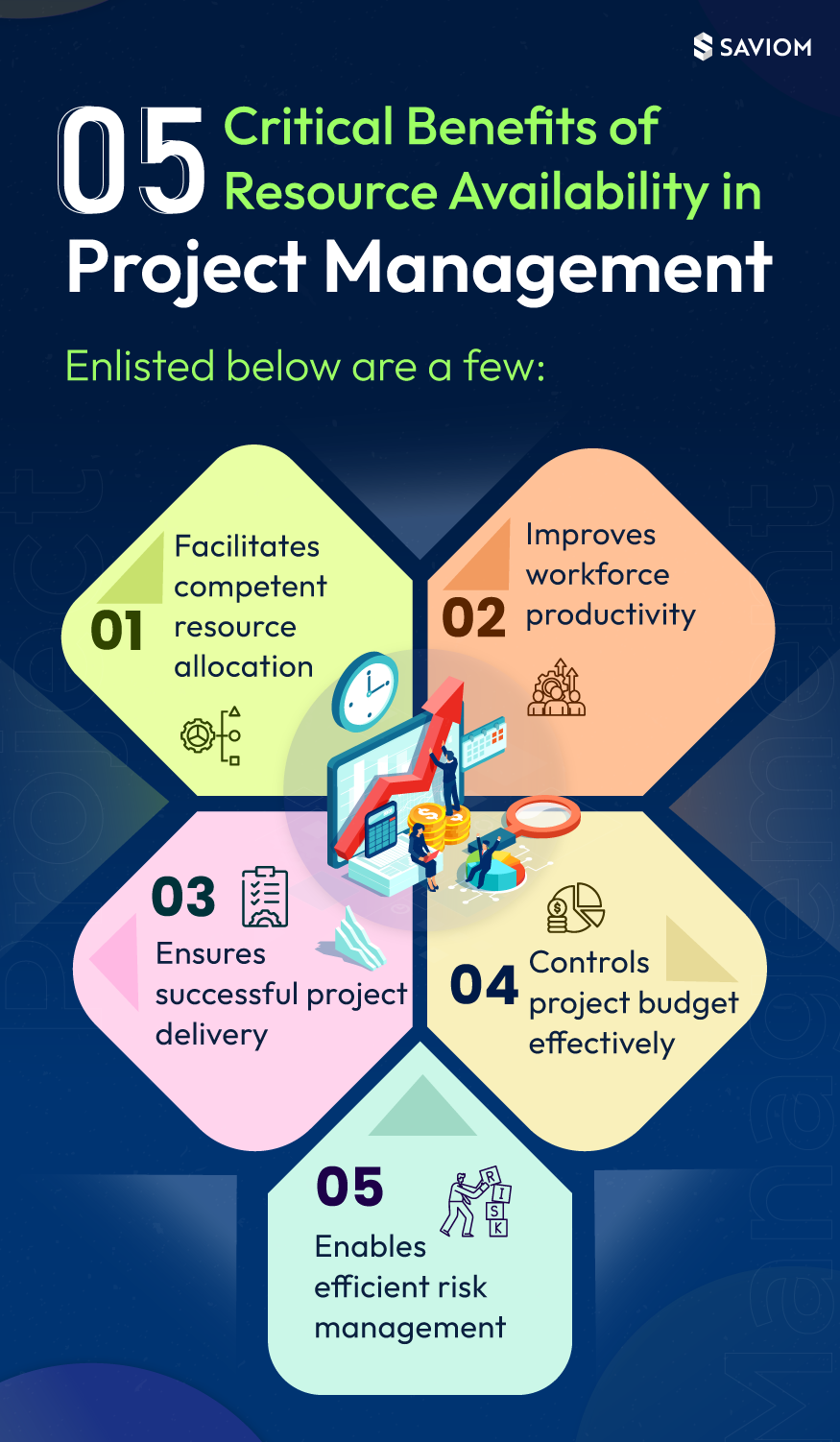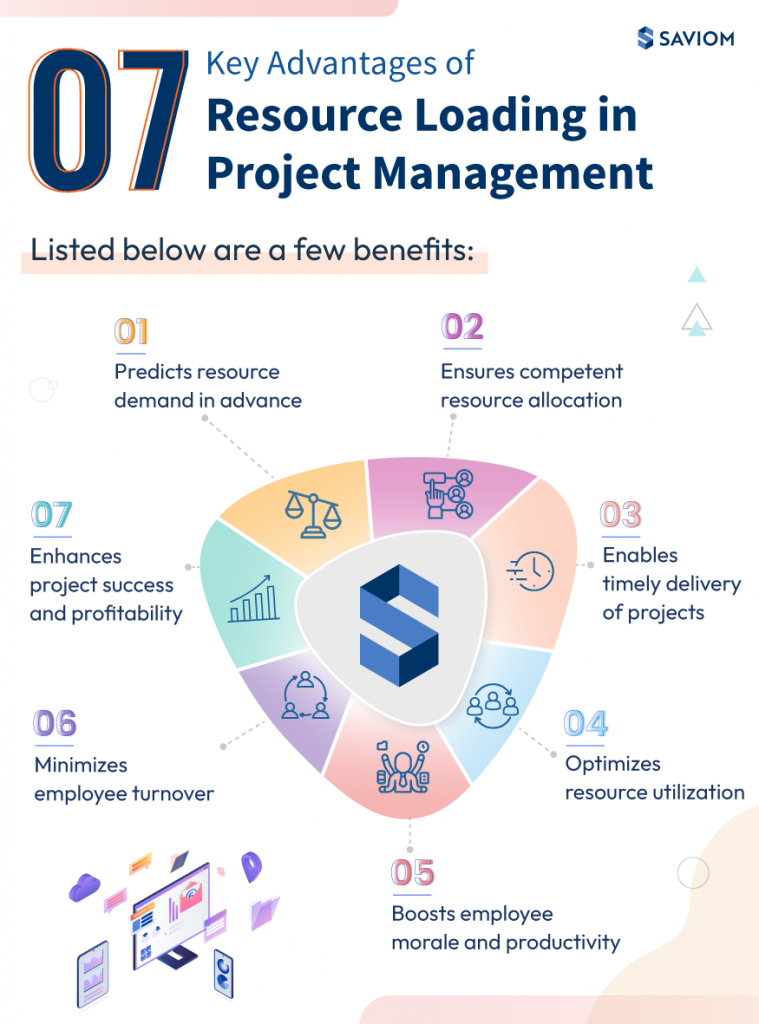Rick Harris, the Executive Director of The Association of Proposal Management Professionals (APMP), has aptly said, “Writing a proposal is an art and a science.”
There are multiple types of writing project proposals, and they vary depending upon the industry to which they belong. Regardless, the primary aim of a proposal stays the same – to win the executive buy-in. It is a document that provides an overview of the project, its objectives, and other key elements at a granular level.
Once presented to the stakeholders, they hold the power to approve or deny funding, so getting them on board is paramount.
However, getting approval on the project’s budget becomes seamless when the proposal is made right with every detail included.
In this blog, you will learn how to write an effective project proposal to earn your stakeholders’ trust and secure financial support.
Before that, let us learn a bit more about a project proposal.
What is a project proposal
A project proposal is an initial document that defines the nature of a project, its goals, objectives, resources required, start and end dates, etc. An agency shares the document with a client or stakeholder before the start date of the project. The stakeholders judge the feasibility and return on investments of the project before buying into the services.
The proposal can be treated as a formal representation or a framework that entails the project management methodologies and processes that will be implemented, the resource plan, task breakdown, budget, timeline, and other attributes.
Managers can only win the buy-in when their proposal addresses every problem or expectation of the client and highlights the ROI, value-addition, etc. Thus, one must formulate a detailed, well-defined proposal.
The following are some of the components that make your project proposal comprehensive:
Executive summary
The executive summary represents a quick overview of the entire project. It is created to ensure you capture the attention of the specific stakeholders and get them interested in the project. You can also include a few relatable statistics to the project at hand. By making the summary short and crisp, you can briefly glimpse how the project’s success can benefit the concerned authorities.
History
The history represents the previously successful projects along with the ones that could go better. It will help you establish a strong precedent and compare your past triumphs and setbacks. Mentioning your past achievements generates better leverage for your proposal and earns you the trust of the stakeholders. It’s important to note that the past examples you provide should be similar to the industry you are representing now.
Solution
The solutions form a significant part of the proposal. Here, you can go into the multiple details of the project and mention the project management techniques, qualified personnel, tools, etc., that will help you solve the client’s problems. Be sure to include practical and achievable solutions. If this section becomes too large, you can consider dividing it into subsections to make it simpler for the readers.
Project approach
This section defines the whole process of project execution, starting from selecting the project methodology to governance and tools. It also explains the interdependence of the multiple tasks how each activity will add to the final output or deliverable. The stakeholders will also get a better understanding of how their funds and other resources will be used. A clear and transparent project approach gives a comprehensive picture of the project to the stakeholders.
Appendix
The various stakeholders can go through the appendix to get into the project’s finer details. Usually, anything that you have not included in the proposal can be found here. For example, it can consist of the resumes of the personnel who’ll be working on the project, any supportive data, key certifications, legal authorizations required, and so on.

Now that we have learned about the various components, let’s understand what makes a proposal so important.
What is the significance of a project proposal?
There can be multiple benefits to a project proposal, both for the stakeholders and the contractors who will be presenting the document. When decision-makers receive multiple project proposals from varying competitors, they can make objectively better decisions by doing a thorough comparative analysis of different vendors.
The stakeholders can compare the various approaches, the prices, and the problems a particular vendor is willing to solve. The varying prices can also help them determine which aspects are creating a difference in value. Then, they can make an informed decision accordingly.
Furthermore, a well-defined project proposal helps stakeholders gauge the viability of a project, the resources required and brings everyone on the same page. The entire roadmap of the project is discussed and approved upfront, which ensures faster progress.
For contractors, sending out multiple project proposals and delivering successful projects help them create a reputation in the industry. It builds long-lasting relationships, boosts credibility, and allows organizations to grow together.
Finally, a well-researched proposal with all the steps, tools, personnel and other requirements outlined before the project begins helps establish accountability for the vendors.
These are some of the aspects that make project proposals significant. Now we’ll look into the various types of a proposal.
What are the different project proposal types?
As mentioned earlier, proposals may vary from one industry to another. However, they also differ based on the project’s objectives and goals, and other factors. Here’s a brief description of the different kinds of project proposals and what makes each of them different.
Formally solicited project proposals
These project proposals are sent as a response to a Request for Proposal (RFP). In this case, the clients make the process formal and invite tenders from the interested vendors. The proposal outline is mentioned beforehand, and they have to stick to the guidelines, as mentioned within the RFP.
Informally solicited project proposals
Project proposals can also be solicited informally when there has been a previous contact between the two parties or any sort of communication. The submission procedure in this format is relatively lenient too. Vendors may not stick to an RFP.
Unsolicited project proposals
In this case, project proposals can also be sent without any RFP from the stakeholders. These can be challenging since there has been no specific mention that the project is needed. These proposals are usually observed in the construction sector and are sent to win the project.
Continuation project proposals
These proposals are sent to stakeholders to update them on the status of the projects. It also re-affirms that the clients are still on board with the budget, timeline, and project methodologies. Therefore, it can be considered as a follow-up proposal.
Renewal project proposal
Renewal project proposals can be used while reaching out to stakeholders who have previously worked with you. It serves as a reminder of the previous achievements and shows that you can help complete yet another successful project.
Supplemental project proposal
While executing the project, there can be instances when the resources or the allocated funds are exhausted before the project is complete. A supplemental proposal that asks for further resources can be sent. To convince the stakeholders, you must identify where the funds will be used, such as more workers, additional tools, etc.

In the following section, you’ll learn how to write a project proposal.
How to write a project proposal
As mentioned earlier, writing the correct proposal is significant since it helps stakeholders be on board with your decisions. Here are a few steps that guide you write a project proposal.
Understand the project background
The project background is an integral part of the proposal. Thus, before framing it, managers or the concerned party must do thorough research on similar projects, gather relevant data to understand the project background better. Moreover, it is critical to understand what the client or stakeholder is looking for and frame the proposal accordingly.
Additionally, stay updated with the current industry trends and practices and provide relatable examples of previous successful projects to set a good example. When the clients realize the research is comprehensive and you’re an expert in their respective fields, it’s relatively simpler to get them on board. In addition, ensure the information, charts, statistics, and data presented within the proposal are backed up by reliable sources.
Mention the project objectives
The project objectives outline the goals that you expect to achieve by finishing the project. When the stakeholders understand what the project will achieve and how it will help them, there is a greater chance of their acceptance. The objectives should follow a step by step, logical order and answer the following questions –
Why are you proposing this project?
- What approach will you take to achieve success?
- When will you start the project?
- Where will you implement it?
- Who will be the primary beneficiary?
- What problems is the project addressing?
Clearly outline the project approach
Once the goals are defined, the next step is to state all the details about the project, and it begins with underlining the approach. When stakeholders know how the project’s course will look, they can gauge its viability at ease. You can include the project scope, deliverables, timeline, financial statements, resources, methodologies you will implement, the tools that will be required, and other details here.
In the approach section, framing the solutions step-by-step helps the stakeholders comprehend it easily. Also include the various metrics, such as quality, project schedule, and others, based on which the project’s success will be judged. This section is the most significant part of the proposal since it includes multiple descriptions, explanations, and the various outputs that your project will deliver.
Define task breakdown
The task breakdown section of the project proposal will explain the various tasks involved in the project, their interdependencies, along the roles and responsibilities of the people allocated against each task. Thus, the stakeholders and clients are made well aware of how many personnel will be involved in the project, who would report to them, and the qualifications that make them eligible to hold a particular responsibility.
By having a clear work breakdown structure for the project, managers can also maintain a calendar and oversee the duration of project execution. For example, let’s assume you are working on an app development project. In that case, you’ll have frontend engineers, backend engineers, UI/UX designers, testers,
developers, etc. By mentioning these resources, along with their tasks, FTE, and charge out rate, you give a glance at the timeline and budget to the stakeholders.
Have a risk management plan
No project is risk-free. Thus, managers must factor in these risks and formulate a mitigation plan in advance to prevent future bottlenecks. This gives an honest and transparent picture to the clients or the executives. Moreover, to avoid pitfalls, having a detailed risk management plan with clear actions is essential. The plan enlists the various risks associated with the project and the number of ways through which those risks can be effectively mitigated.
You can also mention the impact and severity of each risk and use risk assessment methodologies such as risk matrix to calculate their probability. After mentioning the risks, end the section on a positive note—state how these risks can be efficiently managed without causing significant loss to the project.
Underline the project budget and timeline
Timeline and budget are the most important project constraints. Thus, providing an accurate number is essential to win over the clients. This is an extension of the task breakdown. While defining the tasks, managers can walk the extra mile, divide these tasks into milestones, and estimate their schedule. Once done, they can further mention the number of resources (both human and non-human) to calculate the budget.
A detailed budget and timeline section will prove that you have done comprehensive research about the project. It also assures that you intend to use the stakeholder’s resources only on what’s necessary, reinforcing the client’s faith in your project.
Highlight the value proposition
It is essential to accurately identify how much return on investment the stakeholders will be getting once the project is completed. Only if you can convince them that your project provides the right solutions and enough value will the stakeholders be willing to invest in your proposal.
Your proposal may be more expensive than the competitors, but the clients will be on board with your idea if you can convince them of the added value that your project provides. The key is to stand out from the competition by emphasizing your project approach, unique but viable solutions, and the increased return on investment that the proposal promises. These are some of the ways which you can keep in mind while creating a project proposal. A successful project proposal will keep everyone on the same page and get funding approved sooner.
Conclusion: additional tips
If you adhere to the above guidelines while framing a project proposal, there’s a very high chance you will win the attention of the clients or upper management and others. Here are a few helpful tips to help you frame the proposal even better.
- Understand the client’s requirement before suggesting a proposal
- Define realistic deadlines and do accurate resource estimation
- Keep the language simple, avoid using too many jargons
- Use statistics and case studies to underline your point
- Include visual data – graphs and charts, but don’t overdo it
- Maintain consistency in the format all across the document
- Proofread the proposal before submission
- Use the right terminologies
- Do not take too much time to frame the proposal
- Showcase your industry experience and past successes














